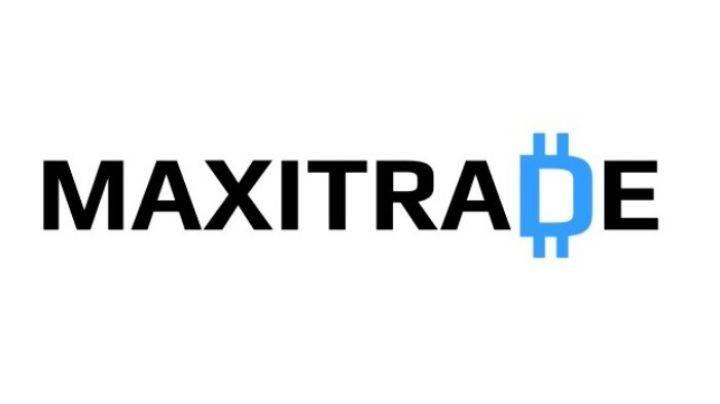

Once they sell a product to the customer, companies can remove it from current liabilities. Usually, these funds come from two sources, including equity and debt. Equity finance is one of the most prominent finance sources for companies. For companies, on the other hand, it consists of share capital and other reserves.
Tax liability, for example, can refer to the property taxes that a homeowner owes to the municipal government or the income tax he owes to the federal government. When a retailer collects sales tax from a customer, they have a sales tax liability on their books until they remit those funds to the county/city/state. While the IRS is supposed to be the main source of liability for businesses, it is often overlooked for small business owners.
- With smaller companies, other line items like accounts payable (AP) and various future liabilities like payroll, taxes will be higher current debt obligations.
- The current portion of deferred revenue records the value of the goods or services that the company has to deliver within a year.
- In accounting, any liabilities that companies must settle within the next 12 months fall under current liabilities.
- Current liabilities are debts that a company must repay in full within the next 12 months.
Liabilities are categorized as current or non-current depending on their temporality. They can include a future service owed to others (short- or long-term borrowing from banks, individuals, or other entities) or a previous transaction that has created an unsettled obligation. The most common liabilities are usually the largest like accounts payable and bonds payable. Most companies will have these two line items on their balance sheet, as they are part of ongoing current and long-term operations. A number higher than one is ideal for both the current and quick ratios, since it demonstrates that there are more current assets to pay current short-term debts. However, if the number is too high, it could mean the company is not leveraging its assets as well as it otherwise could be.
Current (Near-Term) Liabilities
Therefore, profits make a great option to settle current liabilities. Accounting standards require companies to divide their liabilities based on the due date. They entail separating obligations that fall within a year from others. In accounting, any liabilities that companies must settle within the next 12 months fall under current liabilities. On the other hand, any amounts payable after that become a part of non-current liabilities.


Simply put, the value of accounts payable represents the amount of money a company owes to suppliers for providing goods or services with the expectation of being paid in the future. Investors use accounts payable to calculate insightful financial ratios. The current ratio is a measure of liquidity that compares all of a company’s current assets to its current liabilities. If the ratio of current assets over current liabilities is greater than 1.0, it indicates that the company has enough available to cover its short-term debts and obligations.
Where are current liabilities found on a balance sheet?
Therefore, an acceptable current ratio will be higher than an acceptable quick ratio. For example, a company may have a current ratio of 3.9, a quick ratio of 1.9, and a cash ratio of 0.94. All three may be considered healthy by analysts and investors, depending on the company. Learn the definition and examples of current liabilities, and why they are important. Discover the difference between current assets, and current liabilities.


Since the three ratios vary by what is used in the numerator of the equation, an acceptable ratio will differ between the three. It is logical because the cash ratio only considers cash and marketable securities in the numerator, whereas the current ratio considers all current assets. In terms of how strict the tests of liquidity are, you can view the current ratio, quick ratio, and cash ratio as easy, medium, and hard. Given the structure of the ratio, with assets on top and liabilities on the bottom, ratios above 1.0 are sought after.
Liquidity vs. Solvency
Liability may also refer to the legal liability of a business or individual. For example, many businesses take out liability insurance in case a customer or employee sues them for negligence. Liabilities refer to things that you owe or have borrowed; assets are things that you own or are owed. Adam Hayes, Ph.D., CFA, is a financial writer with 15+ years Wall Street experience as a derivatives trader.
Quipt Home Medical (TSE:QIPT) Is Doing The Right Things To Multiply Its Share Price – Yahoo Finance
Quipt Home Medical (TSE:QIPT) Is Doing The Right Things To Multiply Its Share Price.
Posted: Fri, 01 Sep 2023 11:36:18 GMT [source]
It’s a little tricky to calculate tax payer’s bill because companies don’t pay tax until they’re actually paying tax. Another difference is the accounting treatment of current liabilities and non-current liabilities contribution margin income statement on the balance sheet. A company lists liabilities on the balance sheet by putting first those due within a year (current liabilities) and second those due in over a year (non-current or long-term liabilities).
Most Liquid Assets
The AT&T example has a relatively high debt level under current liabilities. With smaller companies, other line items like accounts payable (AP) and various future liabilities like payroll, taxes will be higher current debt obligations. Companies may also use their long-term debts to cover short-term debts. Usually, short-term liabilities fall under a company’s working capital management policies. Companies acquire current liabilities to fund short-term operations.
An abnormally high ratio means the company holds a large amount of liquid assets. Although the current and quick ratios show how well a company converts its current assets to pay current liabilities, it’s critical to compare the ratios to companies within the same industry. Accounts payable is typically one of the largest current liability accounts on a company’s financial statements, and it represents unpaid supplier invoices. Companies try to match payment dates so that their accounts receivable are collected before the accounts payable are due to suppliers. Accrued expenses are listed in the current liabilities section of the balance sheet because they represent short-term financial obligations.
Liability: Definition, Types, Example, and Assets vs. Liabilities
For example, a large car manufacturer receives a shipment of exhaust systems from its vendors, to whom it must pay $10 million within the next 90 days. When the company pays its balance due to suppliers, it debits accounts payable and credits cash for $10 million. Unearned revenue is money received or paid to a company for a product or service that has yet to be delivered or provided. Unearned revenue is listed as a current liability because it’s a type of debt owed to the customer. Once the service or product has been provided, the unearned revenue gets recorded as revenue on the income statement. Another prevalent method most companies use to pay current liabilities is equity.
Federal Banking Agencies Issue Proposed Long-Term Debt … – Gibson Dunn
Federal Banking Agencies Issue Proposed Long-Term Debt ….
Posted: Wed, 06 Sep 2023 23:53:50 GMT [source]
Dividends are cash payments from companies to their shareholders as a reward for investing in their stock. For example, if a company has had more expenses than revenues for the past three years, it may signal weak financial stability because it has been losing money for those years. An operating lease is a contract that grants you the right to use an asset (like manufacturing equipment or real estate) that you don’t own and that lasts several years.
A ratio of 1 means that a company can exactly pay off all its current liabilities with its current assets. A ratio of less than 1 (e.g., 0.75) would imply that https://online-accounting.net/ a company is not able to satisfy its current liabilities. Current liabilities are critical for modeling working capital when building a financial model.
The solvency ratio is calculated by dividing a company’s net income and depreciation by its short-term and long-term liabilities. This indicates whether a company’s net income can cover its total liabilities. Generally, a company with a higher solvency ratio is considered to be a more favorable investment. Ideally, suppliers would like shorter terms so that they’re paid sooner rather than later—helping their cash flow.

